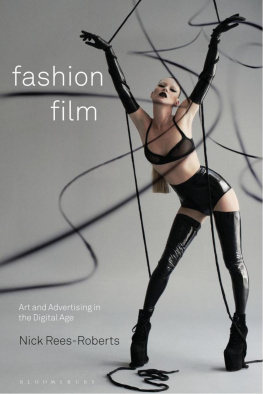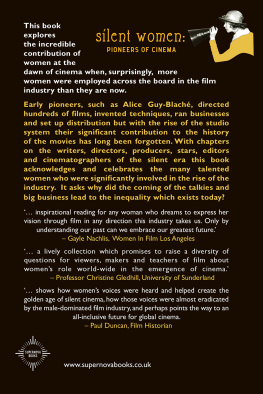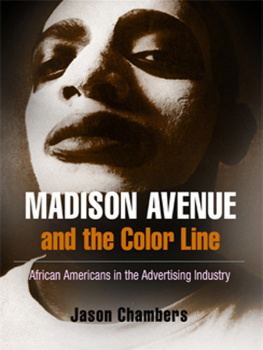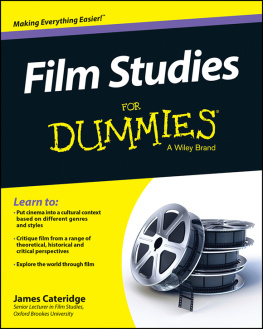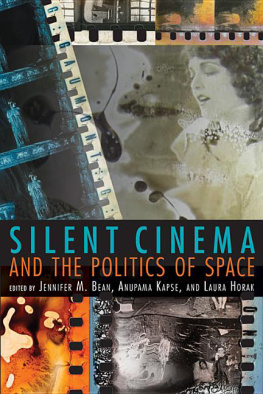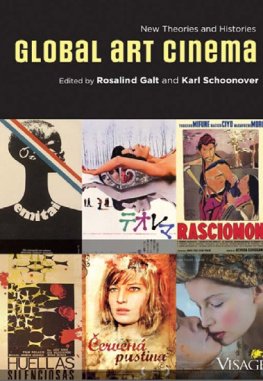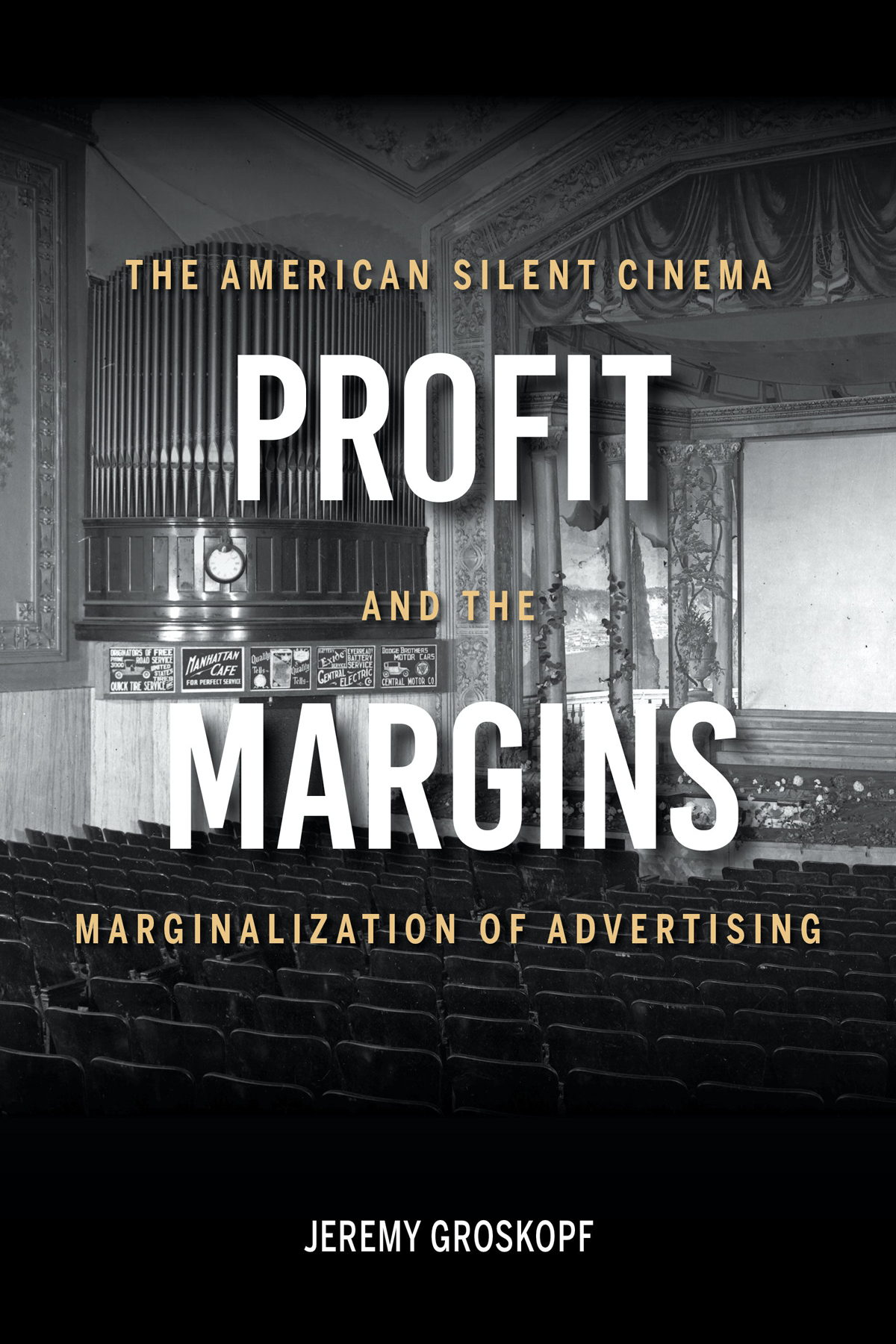Table of Contents
Guide
PROFIT MARGINS
PROFIT MARGINS
THE AMERICAN SILENT CINEMA AND THE MARGINALIZATION OF ADVERTISING
JEREMY GROSKOPF
INDIANA UNIVERSITY PRESS
This book is a publication of
Indiana University Press
Office of Scholarly Publishing
Herman B Wells Library 350
1320 East 10th Street
Bloomington, Indiana 47405 USA
iupress.org
2021 by Jeremy Groskopf
All rights reserved
No part of this book may be reproduced or utilized in any form or by any means, electronic or mechanical, including photocopying and recording, or by any information storage and retrieval system, without permission in writing from the publisher. The paper used in this publication meets the minimum requirements of the American National Standard for Information SciencesPermanence of Paper for Printed Library Materials, ANSI Z39.48-1992.
Manufactured in the United States of America
First printing 2021
Cataloging information is available from the Library of Congress.
ISBN 978-0-253-05939-0 (hardcover)
ISBN 978-0-253-05938-3 (paperback)
ISBN 978-0-253-05936-9 (e-book)
CONTENTS
THIS BOOK IS THE RESULT of more than a decade of research and writing, across multiple archives and universities. Invaluable contributions have come from Kathy Fuller-Seeley, Alisa Perren, Ted Friedman, and Cynthia Meyers, all of whom read and commented on multiple drafts of each chapter. Additionally, multiple anonymous reviewers for Indiana University Press provided essential feedback, as did several members of the Indiana University Press staffmost notably Allison Chaplin, Janice Frisch, Sophia Hebert, and Brian Carroll.
Numerous archivists across the United States were likewise vital to the project, many of whom I never met physically; I will leave them anonymous here on the grounds that I would omit more than I could possibly name in a sane amount of space. No less critical were the efforts of the Media History Digital Library, the Library of Congress, and Google, without whose optical character recognition (OCR) scanning and circulation of historical artifacts this project would not even have been possible. Additionally, any academic work is built on the shoulders of the community; some of the more prominent in this case include Matthew Bernstein, Malcolm Cook, Martin Johnson, Matthew Ogonoski, Patrick Vonderau, and Dana White, all of whom, whether they knew it or not, impacted the course of this books development through conversation and assistance.
Countless others offered support and encouragement in various ways and at various times: my partner, parents, friends, and family; coworkers and grad school cohorts; advisors, teachers, and employers. There are too many to mention. A book is a communal work, and this book belongs to all of you as much as it belongs to me.
ARCHIVAL COLLECTIONS
AIRAlexander Industries Records, MSS 0056. Pikes Peak Library District, Special Collections in the 1905 Carnegie Library, Colorado Springs, Colorado.
CTPCharles Trefts Papers, C3465. State Historical Society of Missouri Research Center, Columbia, Missouri.
JWTJ. Walter Thompson Company: Chicago Office Records, RL.00673; Information Center Records, RL.00713; and Staff Meeting Minutes, 19271938, RL.00749. Duke University, David M. Rubinstein Rare Book & Manuscript Library, Durham, North Carolina.
KCSKansas City Slide Manufacturing Company Records, K0637. State Historical Society of Missouri Research Center, Kansas City, Missouri.
PBCPublicity Clock Company Advertising Cards and Brochures, RL.01057. Duke University, David M. Rubinstein Rare Book & Manuscript Library, Durham, North Carolina.
HISTORIC TRADE JOURNALS
Advertising & Selling (A&S)
Billboard
Camera Craft (CC)
Exhibitors Herald (EH)
Exhibitors Times (ET)
Motion Picture News (MPN)
Moving Picture Age (MPA)
Moving Picture News (MovPN)
Moving Picture World (MPW)
Nickelodeon/Motography
Printers Ink (PI)
Printers Ink Monthly (PIM)
Reel & Slide (R&S)
Variety
PROFIT MARGINS
A moving-picture audience ought to be an inspiration to an advertising man. I have sat in a moving-picture theater full of kids and grown-ups and have thought, If I only knew how to reach these people, I would know all about advertising.
Don Herold (September 1915)
IN THE AMERICA OF 1910, motion pictures and consumer-goods advertising were young industries that were still growing, changing, and defining themselves, and both craved respectability. The movies had become a regular part of daily life through the rise of nickelodeons in numerous cities, with a push for cultural respectability soon to come via the turn to feature films and palatial theaters at mid-decade. Advertising, already established as a recognizable component of modern life, was likewise attempting to improve its image, specifically via professionalization, reform (to finally rid itself of the stink of patent-medicine advertising), and public service (a favorite tactic of the billboard industry). For both, reputationbeing seen in the right places with the right peoplewas key.
It should come as no surprise that these two attractive young starlets had an on-again, off-again love affair. Indeed, the two had mingled openly from the earliest days; see, for example, the still-extant Edison film for Admiral Cigarettes from 1897, in which a showgirl in military dress emerges from an enormous package of Admiral Cigarettes and shares a smoke with iconic figures like Uncle Sam. From approximately 1908 to the early 1920s, that love affair entered full bloom as the two partners went through a protracted public dance, with advertisers attempting to integrate and regularize large-scale advertising in the cinematic space. It is that love affairfumbling, hesitant, and often one-sidedthat is the subject of this book.
In the pages that follow, I contend that in the America of the 1910s, advertising and the cinema were mutually defining institutions. For cinemathe younger and more desirable of the twodirect advertising was key to its developing self-confidence; advertising was the common rabble with which cinema was loath to associate for fear of being seen as a low-class medium. For advertisingthe older and more philanderingthe failure to successfully woo the film industry instilled a lack of confidence in moving media that would take years of amorous broadcasting experience to overcome.
The relationship faltered over a foundational dialectic in early cinema: the fantasy of a passively captivated spectator versus the fear of a bored one. In other words, was a film viewer like a camera, uncritically recording whatever it witnessed? Or was a viewer like a photographer, choosing where to look and when to look away? Advertising, always seeking the most efficient means to a consumers wallet, desperately hoped for cinema to be the formera means of imprinting sales slogans directly on the brain. However, the film industry, stylish and eager to please, selected the latter definition both as a practical truth (if bad films did poorly, then the audience must not be passive) and as a component of a fashion-conscious branding strategy (good art aspires to good taste), thus crippling the fantasy that had drawn advertising in the first place.
Next page

